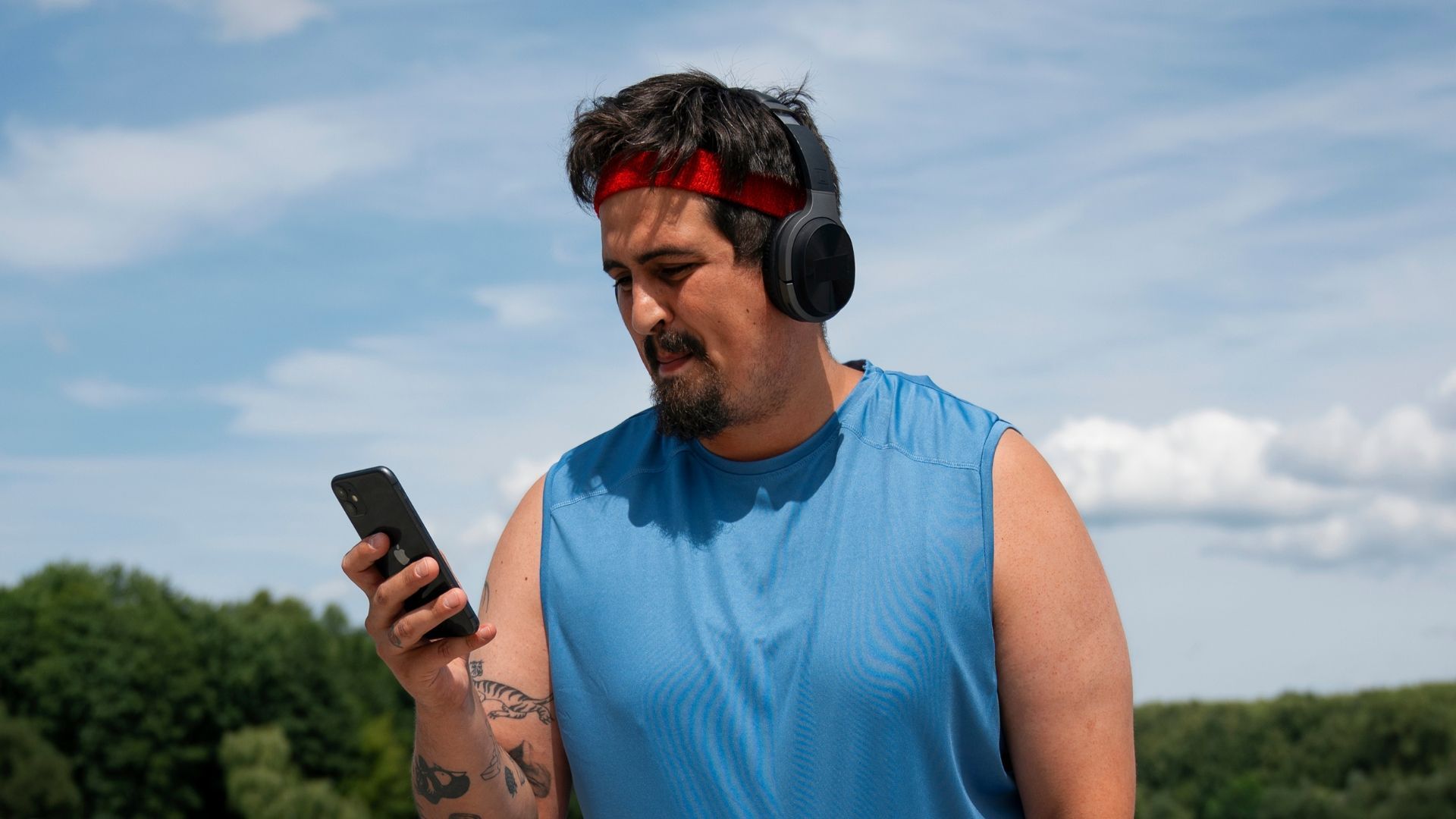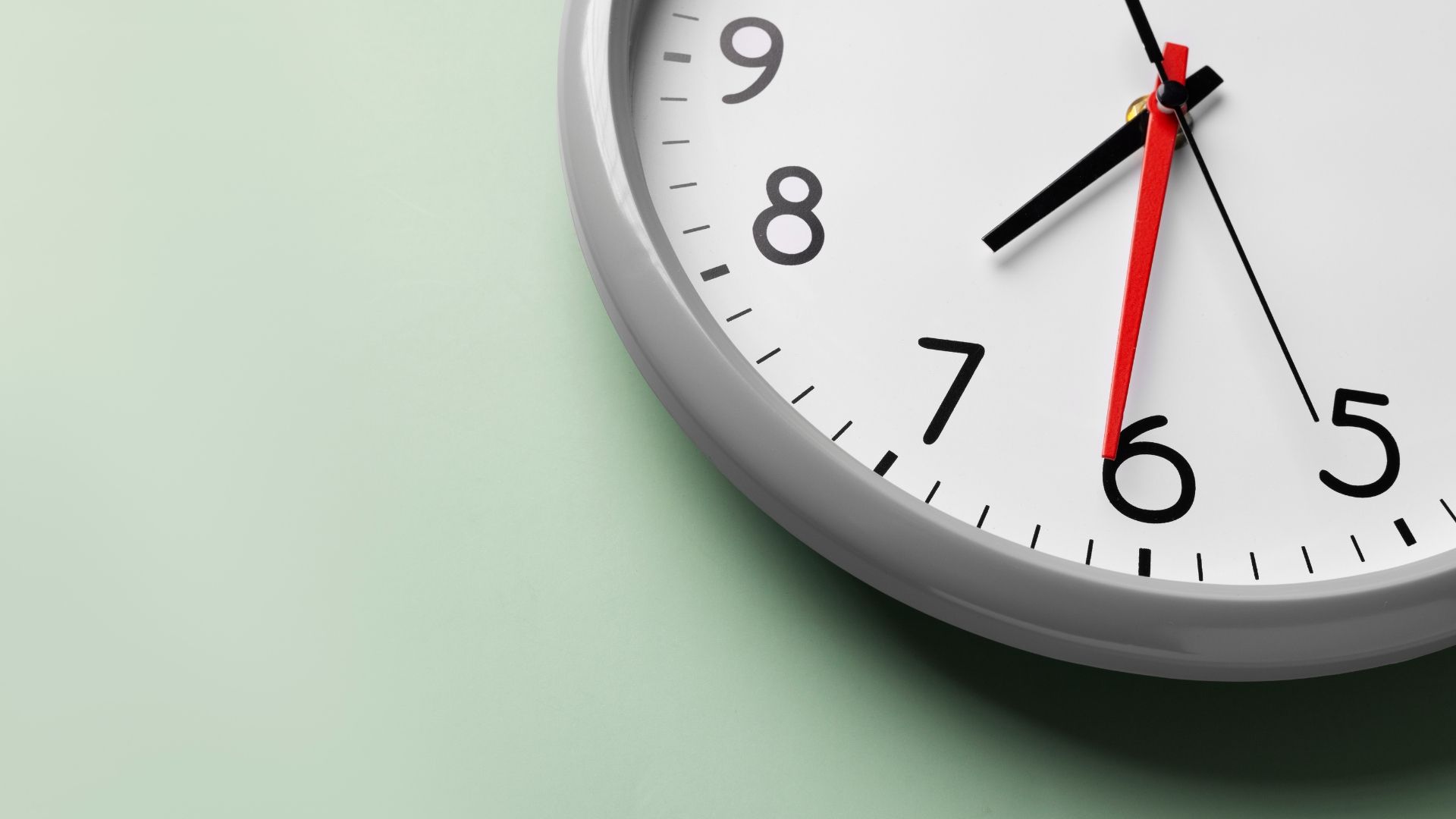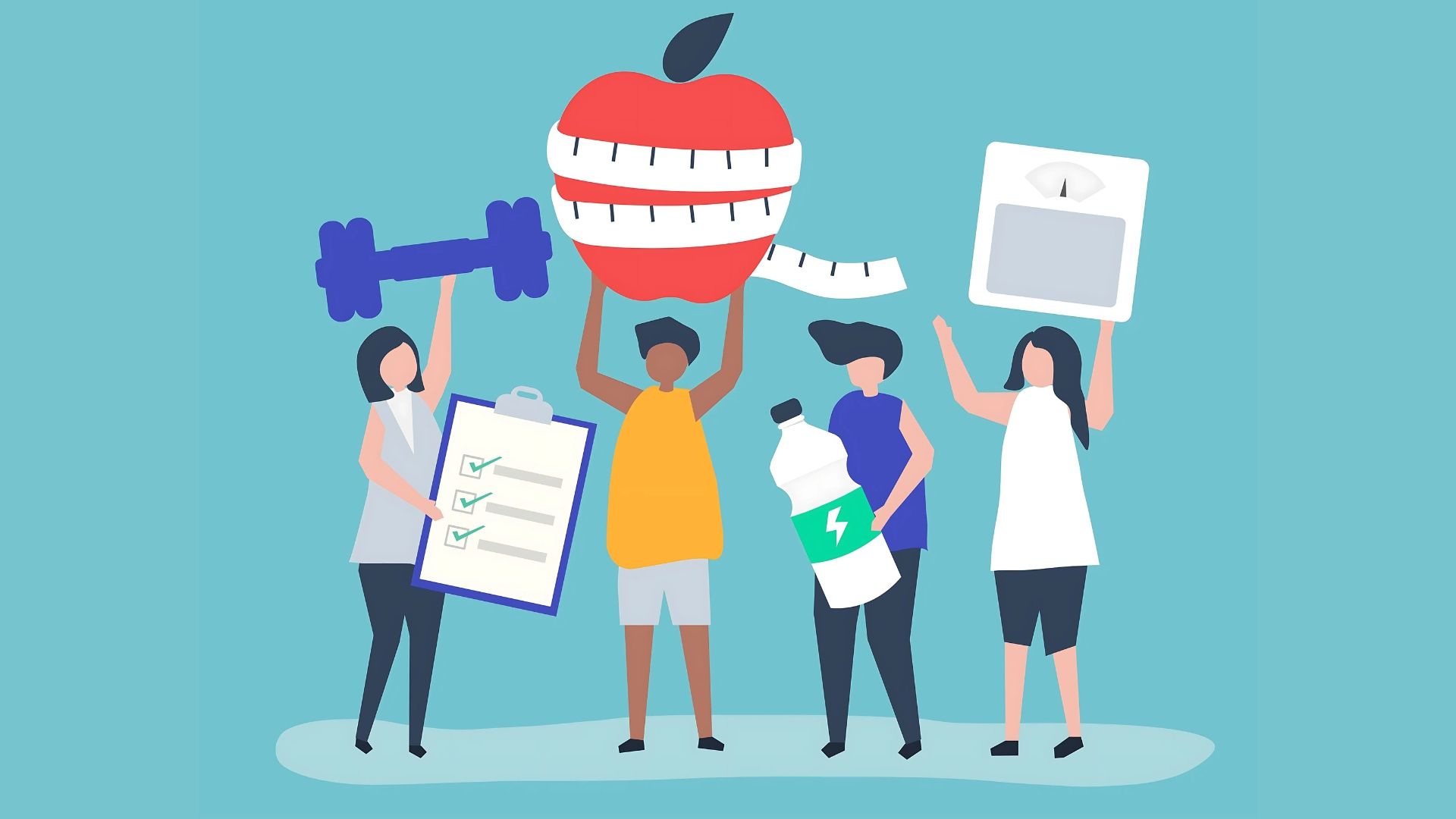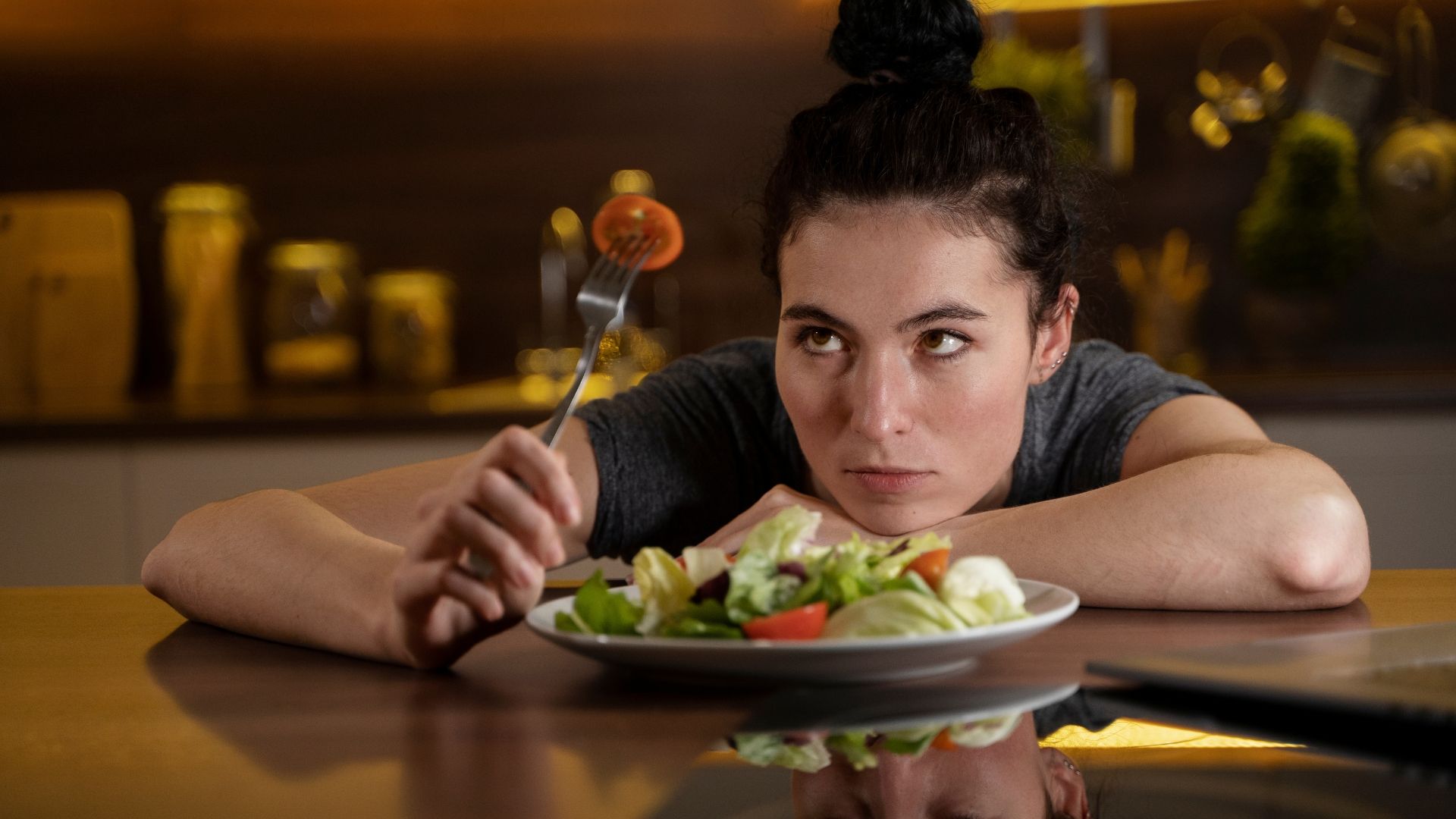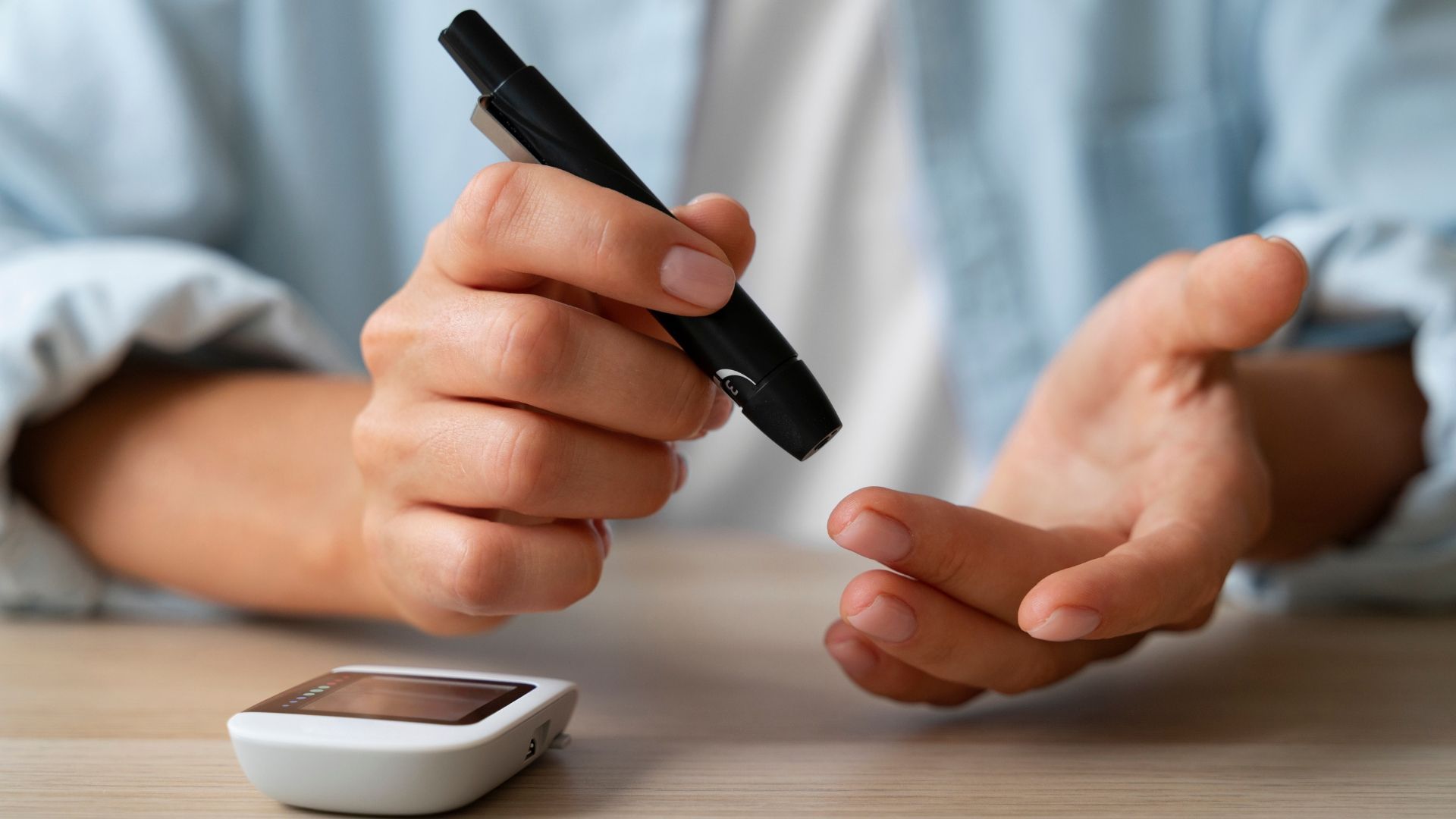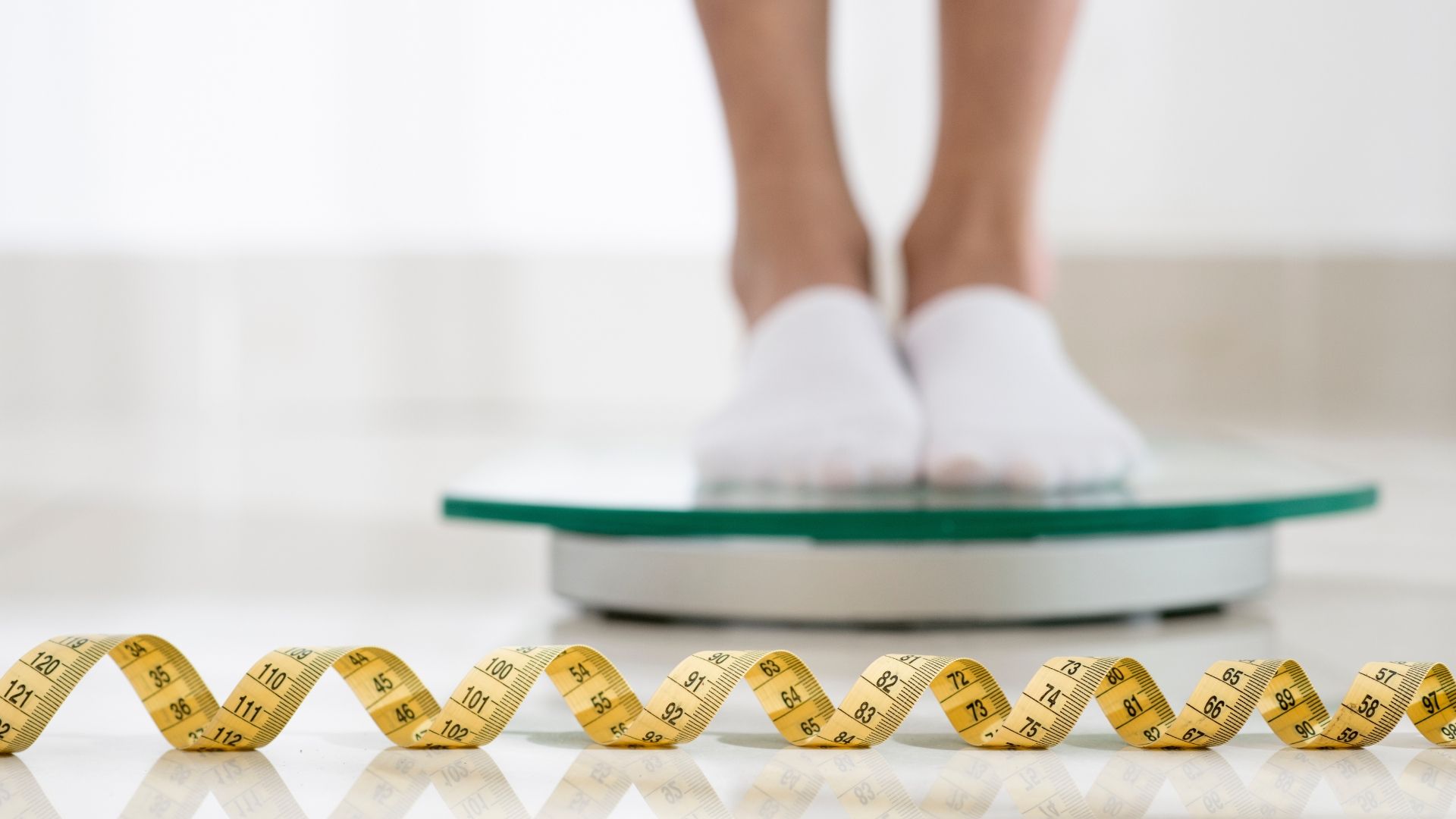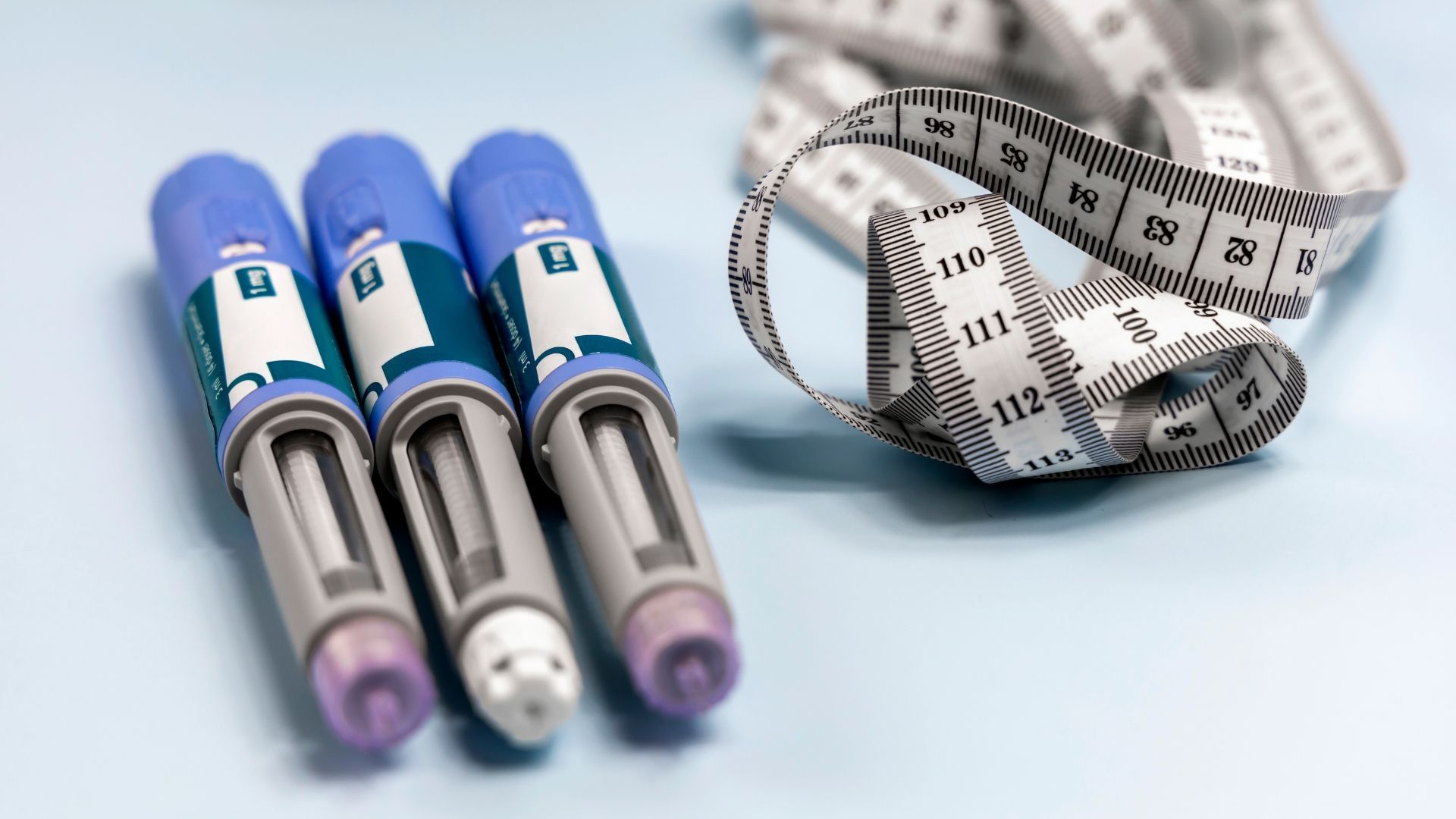New Year weight-loss tips: how to set realistic goals
New Year weight-loss goals are notoriously difficult to keep. Follow our tips to learn healthy habits.

Setting a New Year's resolution to lose weight can be an important first step towards a healthier and happier you.
But resolutions are notoriously hard to keep. How can you stop your New Year promises from going the way of the diet dodo?
The trick is to be realistic. Don't aim for the stars or aim for the floor. Aim achievable. Set goals you won't struggle to meet and you know you can keep.
Let's start with that all-important goal: your target weight.
How can I choose a realistic goal weight?
The general recommendation for losing weight safely and sustainably is to aim to lose between one and two pounds a week (0.5 to 1kg)
You can use this to figure out a realistic goal weight for the future. Plan to lose one pound weekly from the first week in January and you could expect to weigh around 13lbs less by April. By the end of July, you'd weigh 30lbs less.
Once you've set an achievable destination, you can start planning the route for your weight-loss journey – with realistic goals along the way.
How do I choose realistic diet goals for the new year?
Take some time to think about what you'd like to change and what could work for you.
Ask yourself: how much weight do I want to lose – and why? What steps can you realistically take to achieve this?
For people living with obesity, the NHS advises reducing daily calorie intake by 600 calories.
Keeping a food diary is a useful way to see where those calorie adjustments could come from. You can then choose changes that are realistically achievable for you.
Be wary of fad diets and extreme "advice" that will not be sustainable in the long term. Choices based on healthy eating principles are much easier to turn into healthy habits.
The NHS Eatwell Guide is a reliable source of practical dietary advice for eating healthily.
But even keeping realistic goals can sometimes be challenging.
We live in a world of junk food and temptation. Healthy habits are difficult to learn when the TV is telling you to give up and order in.
With that in mind, let's look at some realistic goals and explore a few ways to make them easier to achieve.
Realistic goal: eat more vegetables
If you don't usually find vegetables very inspiring, there are tricks you can try.
1. Roast 'em
Tray-roasting different vegetables together using a light spray oil gives you relatively healthy and very tasty results.
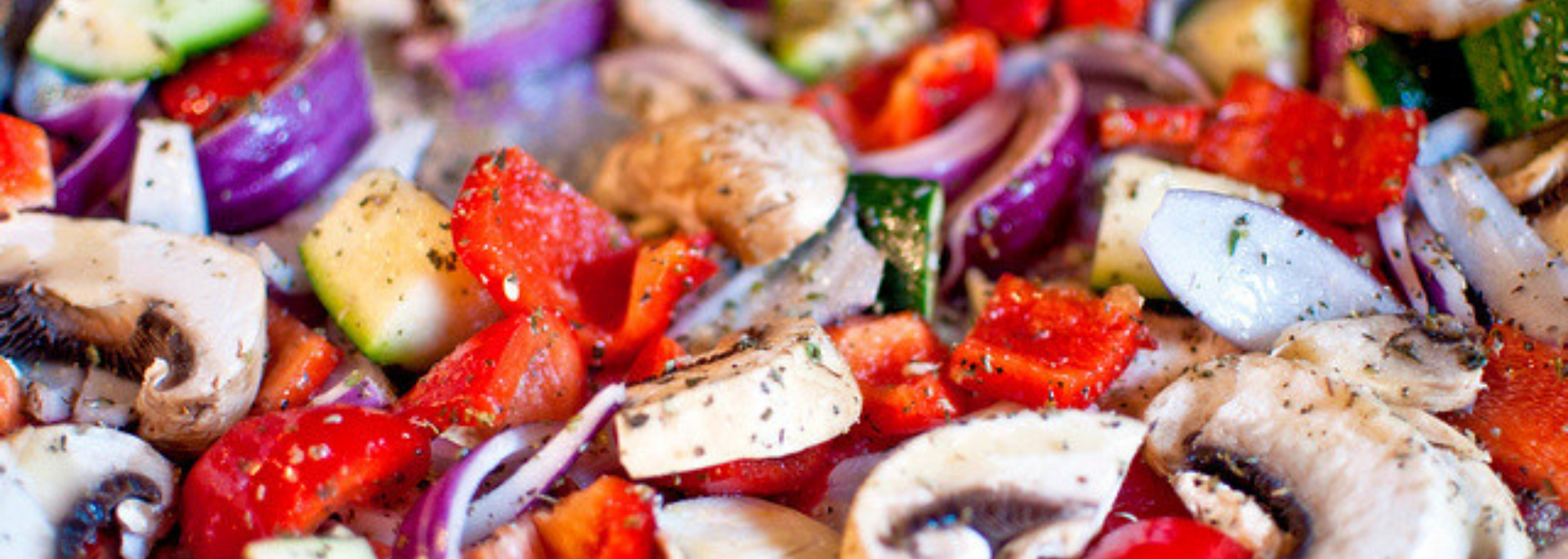
This works well for quartered onions, cauliflower florets, root vegetables chopped into sticks, squashes, aubergines, courgettes, cherry tomatoes, halved peppers and more.
Try sprinkling them with mixed herb seasonings or powdered spice mixes (cajun spices are always a good bet). Or try adding flavour with garlic cloves and a drizzle of balsamic vinegar – or a shake of Worcestershire sauce.
2. Stir fry 'em
Another possibility is to stir-fry vegetables in a non-stick wok with light spray oil. This could include chopped spring onions, mini corn, sliced peppers, celery, mushrooms, courgettes or frozen peas and sweetcorn.
Try adding flavour with crushed garlic and grated ginger, a shake of soy or teriyaki sauce and any herbs or spices you fancy.
3. Prepare veg in advance
Let's say you find a vegetable pasta sauce recipe you like making. It's a good idea to always have some blended and ready in the freezer. This means you can make a satisfying meal in a hurry – just add pasta and a small sprinkle of parmesan cheese.
Or why not keep frozen chargrilled vegetable mixes to hand? This way, you can easily add flavoursome vegetables to weekday recipes.
Realistic goal: eat less fat
There are many reduced-fat and fat-free alternatives to choose from – but it's easy to feel like you're sacrificing flavour.
Good news: we've got some simple but effective ideas for making low-fat options tastier.
1. Slim your sandwiches
Try using very low-fat cream cheese or half-fat hummus as an alternative to butter in sandwiches. Mustard and horseradish are good options, too.
2. Try the low-fat-cheese flavour hack
It's simple. Use half-fat grated cheese, but add a little sprinkle of Parmesan. Instant flavour!
3. Upgrade your mayo
Sick of insipid low-fat mayonnaise? Give it a flavour boost by mixing in a teaspoon of concentrated paste. Chipotle chilli, sriracha and sun-dried tomato paste all work well – but there are many more worth trying. It can be fun to experiment and find a new favourite.
This trick also works well with low-fat Greek yoghurt.
4. Mix up healthy salad dressings
Try making your own salad dressing by mixing one part of healthy oil with three parts of flavoured vinegar. Tarragon, balsamic or raspberry vinegars are all worth a try.
Realistic goal: avoid overeating
Portion control is an expected part of a weight-loss plan – but eating less is difficult if you still feel hungry.
Understanding the mechanism behind feeling full can help you to help your body.
When the stomach has enough to feel full it releases a hormone called leptin. This then triggers a signal to the brain so you can register that full feeling.
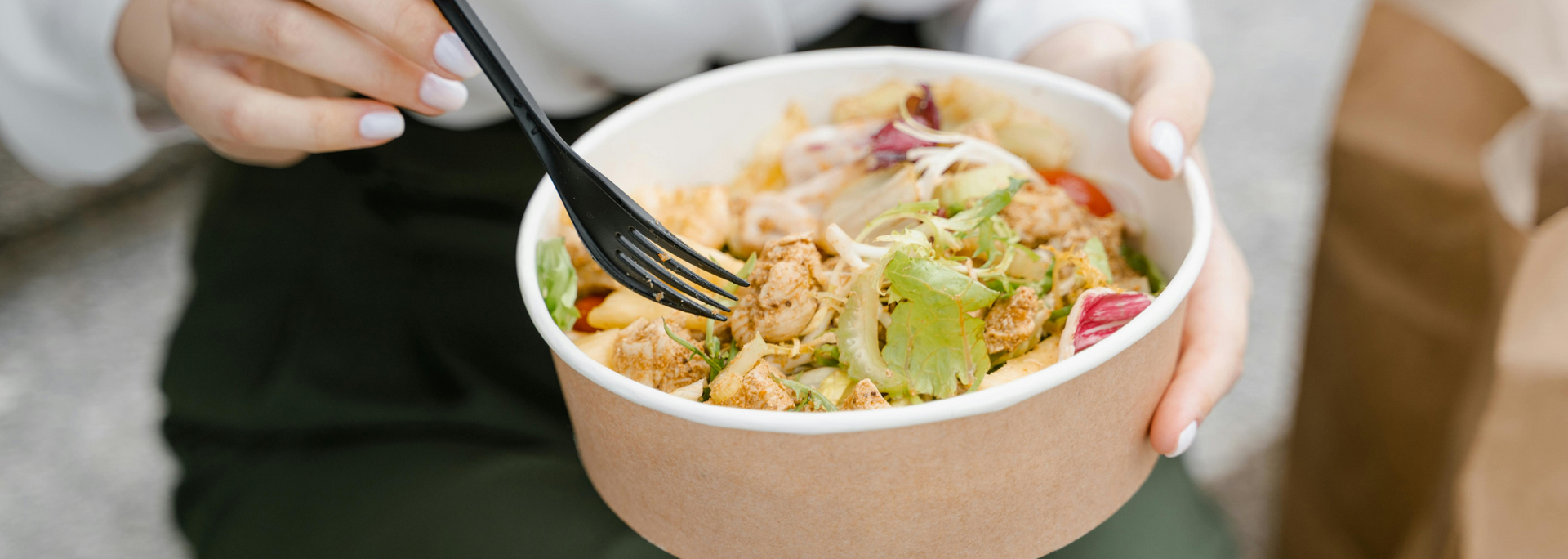
However, this process can take up to 20 minutes.
It's easy to continue eating during this window – especially if you're distracted by a snack-worthy TV programme. The result is we consistently eat more than we need.
But there's good news. If we slow down our eating and physically put down our fork every so often, we'll give our body and brain time to catch up. This allows that full-up feeling to kick in. With a little luck, eating less will happen naturally.
Techniques like this are part of an approach called "mindful eating". This approach is worth considering as one of your goals.
How can exercise become an achievable goal?
Increased physical activity and exercise need to be part of your weekly routine by the time you reach your goal weight. Why? Because they'll help you maintain a healthy weight and prevent weight regain.
If you haven't exercised for some time or have a medical condition that makes exercise difficult, it would be wise to speak to your GP. This way, you can get advice about exercise that's right for you.
Going for a brisk walk is the top recommendation for increasing activity. The NHS "walking for health" plan has some nice practical tips. And its app, Active 10, can help you track your progress.
Water aerobics at your local pool is another good option. Not only is it a fun way to exercise, but you'll also meet others who are on their own weight-loss journeys. Any opportunity for mutual support can be helpful.
Even making a new habit of getting up and walking around while you're texting or on a call can be a worthwhile and achievable first goal.
Aim to gradually build up how often and how long you spend active during the day. Try to include different exercise options in your week. You can set interim goals for each week to chart your progress.
The NHS physical activity guidelines have some extremely helpful information. The organisation also provides exercise videos you can access from home in its Fitness Studio.
Journeys are often nicer with company – and your weight-loss journey will be more enjoyable with the support of friends and family. Don't forget to include them in this planning stage and share your ideas.
As part of Phoenix Health, SemaPen has been successfully supporting weight-loss journeys for more than 20 years. Take a look at our at-home weight-loss programmes to learn how our experts can help you achieve your goals this year.

